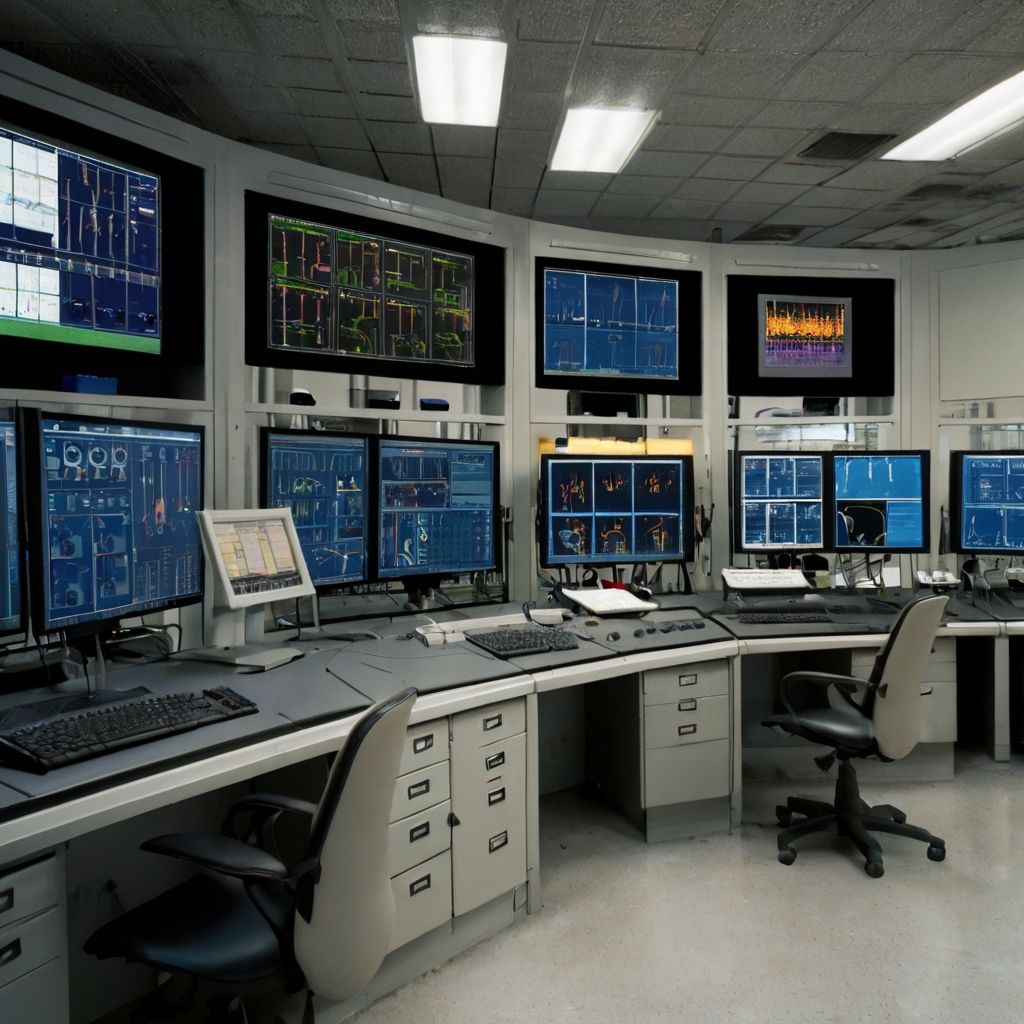Supervisory Control and Data Acquisition (SCADA) systems are crucial in modern industrial operations, enabling real-time monitoring and control. These systems gather and analyze data, helping industries operate efficiently and safely.
Table of Contents

History of SCADA
SCADA systems have come a long way since their inception in the 1960s. Initially, they were simple data collection systems. Over time, they evolved into sophisticated tools with advanced capabilities, thanks to technological advancements and increased demand for automation.
How SCADA Works
At its core, a SCADA system comprises several key components: sensors and control relays (RTUs and PLCs), a central processor, and human-machine interfaces (HMIs). These elements work together to collect data, process it, and provide actionable insights. Communication protocols like Modbus and DNP3 facilitate seamless data exchange between components.
Key Features of SCADA Systems
SCADA systems are renowned for their robust features, including:
- Data Acquisition: Collects data from various sensors.
- Real-time Monitoring: Provides instant updates on system performance.
- Control Functions: Allows operators to manage processes remotely.
- Data Logging and Reporting: Stores historical data for analysis and reporting.
Types of SCADA Systems
There are four main types of SCADA systems:
- Monolithic SCADA: Early standalone systems.
- Distributed SCADA: Improved with multiple stations.
- Networked SCADA: Uses LAN for better connectivity.
- IoT SCADA: Leverages the Internet of Things for advanced functionalities.
Benefits of SCADA Systems
SCADA systems offer numerous benefits, including:
- Increased Efficiency: Streamlines operations by automating routine tasks.
- Enhanced Decision-Making: Provides real-time data for informed decisions.
- Cost Savings: Reduces operational costs through automation.
- Improved Safety: Enhances safety by detecting issues early.
SCADA Architecture
A typical SCADA system’s architecture includes both hardware and software components. Key hardware elements include sensors, RTUs, and communication devices. Software components consist of data management tools and HMIs. The network topology often involves a mix of wired and wireless connections to ensure reliable communication.
SCADA Communication Protocols
Effective communication is vital for SCADA systems. Common protocols include:
- Modbus: A widely used protocol for industrial communication.
- DNP3: Ensures reliable communication in utilities.
- IEC 61850: Used in electric utility automation.
- OPC: Facilitates interoperability between different devices.
Applications of SCADA in Various Industries
SCADA systems are versatile, with applications in:
- Manufacturing: Optimizing production processes.
- Energy and Utilities: Managing power grids and distribution.
- Water and Wastewater Management: Ensuring safe water treatment.
- Transportation: Enhancing traffic management systems.
SCADA and Cybersecurity
With the rise of cyber threats, securing SCADA systems is paramount. Common threats include malware and unauthorized access. Best practices for cybersecurity include regular updates, robust encryption, and comprehensive access controls.
SCADA vs. Other Industrial Control Systems (ICS)
SCADA systems are often compared with Distributed Control Systems (DCS) and Programmable Logic Controllers (PLC). While SCADA is ideal for large-scale, geographically dispersed operations, DCS suits localized, process-oriented tasks, and PLCs handle specific control tasks within a system.
Challenges in Implementing SCADA Systems
Implementing SCADA systems can be challenging due to:
- Integration Issues: Compatibility with existing systems.
- Scalability: Adapting to growing operational needs.
- Cost Considerations: Initial setup and maintenance costs.
Future Trends in SCADA Technology
The future of SCADA technology looks promising, with trends such as:
- Integration with AI and Machine Learning: Enhancing predictive maintenance and automation.
- Cloud-Based SCADA: Offering scalability and remote access.
- Enhanced User Interfaces: Improving usability and operator efficiency.
Case Studies
Several industries have successfully implemented SCADA systems, achieving significant improvements in efficiency and safety. These case studies offer valuable insights and lessons learned, demonstrating the transformative potential of SCADA.
Conclusion
In summary, SCADA systems are indispensable in modern industries, offering real-time monitoring, control, and data analysis. As technology continues to evolve, SCADA systems will become even more integral to industrial operations, driving efficiency, safety, and innovation.
FAQs
- What is SCADA?
- SCADA stands for Supervisory Control and Data Acquisition, a system used for real-time monitoring and control of industrial processes.
- How does SCADA improve efficiency?
- SCADA systems automate routine tasks, provide real-time data, and facilitate informed decision-making, leading to increased operational efficiency.
- What industries use SCADA systems?
- SCADA systems are used in various industries, including manufacturing, energy, water management, and transportation.
- What are the key features of SCADA systems?
- Key features include data acquisition, real-time monitoring, control functions, and data logging/reporting.
- How can SCADA systems be secured against cyber threats?
- SCADA systems can be secured through regular updates, robust encryption, and comprehensive access controls.
Read our post-Exploring the Useful Roles of Networking Devices: Repeater, Bridge, Gateway, Router, and Router-Switch



